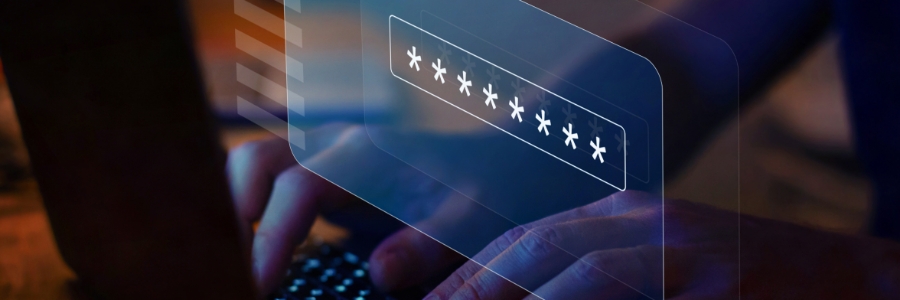Recent research shows many security checklists miss important safeguards, leaving systems open to cyberattacks. Fortunately, there are 10 actionable steps developers can implement immediately to build more secure applications. Dive in to discover these practical strategies and strengthen your software’s defenses.
What everyday software teams can do to prevent the next big hack
The state of ransomware in 2025: What businesses need to know
Shopping for antivirus software? Don’t overlook these key considerations
Watch out! These social engineering tricks could fool anyone

While it’s easy to blame cyberattacks on sophisticated hacking, the truth is that many attackers rely on social engineering — a craft of deception designed to manipulate people into giving up sensitive information or access. The scary part? It’s not just high-tech companies that get targeted, it’s all of us.
The hidden risks of SaaS for SMBs
Stay secure in 2025: Cybersecurity resolutions you should keep this year

Cybercrime is more sophisticated and persistent than ever, putting small businesses at significant risk of attack. The new year offers a fresh start, and what better way to begin than by prioritizing your business’s cybersecurity? Below are seven actionable resolutions to help you protect your data, your customers, and your reputation in the coming year.
Unwrapping the truth about cyberthreats: A holiday security guide for retailers

The holiday season brings tons of opportunities for retailers to thrive, but it also opens the door to increased cyber risks. With so many people shopping and transactions spiking, cybercriminals see this period as a perfect chance to strike. From sneaky phishing attempts to full-blown ransomware attacks, your business could be at risk.
Why identity and access management is key to zero trust in healthcare
Hack-proof your passwords with the latest NIST password guidelines

Want to outsmart hackers? Start with your passwords. By following the latest guidelines from the National Institute of Standards and Technology (NIST), you can create robust passwords that will keep your accounts and information secure.
The evolution of password guidelines
Initially, NIST emphasized the complexity of passwords, encouraging a mix of uppercase letters, lowercase letters, numbers, and special characters.
Fileless malware: The invisible threat in your system

Cybercriminals are always coming up with new, unpredictable ways to breach a company's cyber defenses. One of the most elusive threats is fileless malware — an attack method that leaves no traditional trace behind.
What is fileless malware?
Fileless malware is a type of malicious program that operates without using executable files to infect a computer like how traditional malware does.





